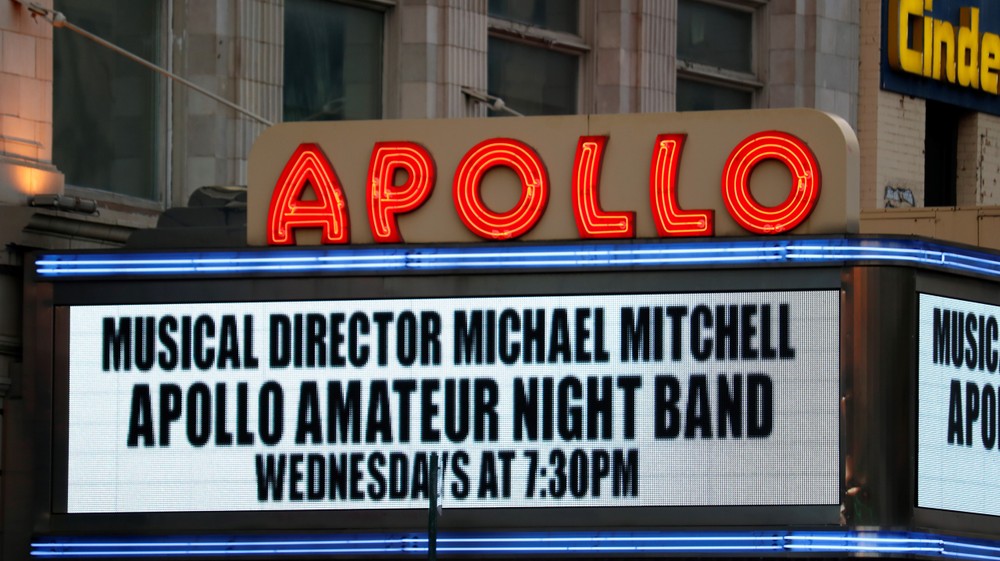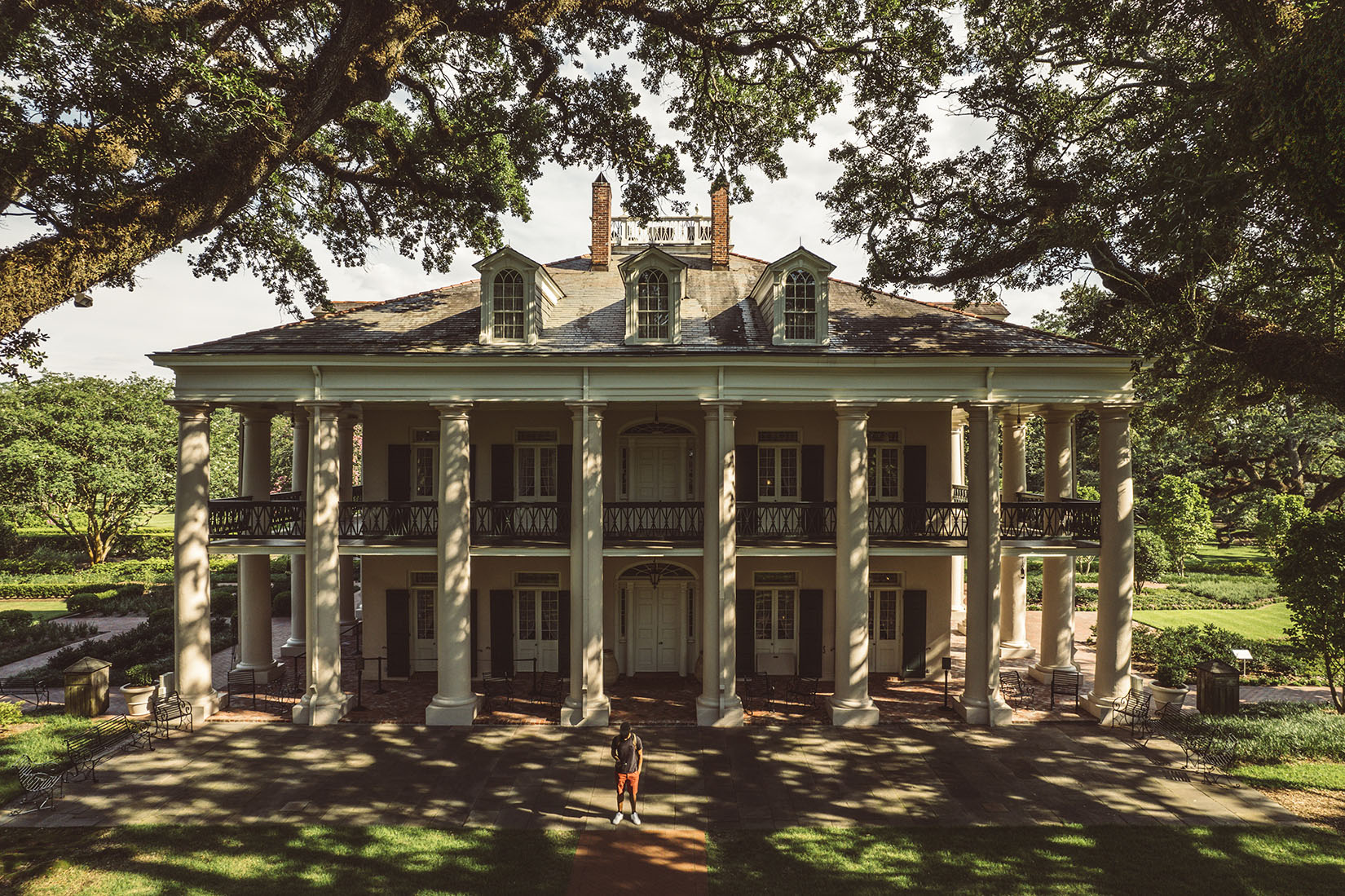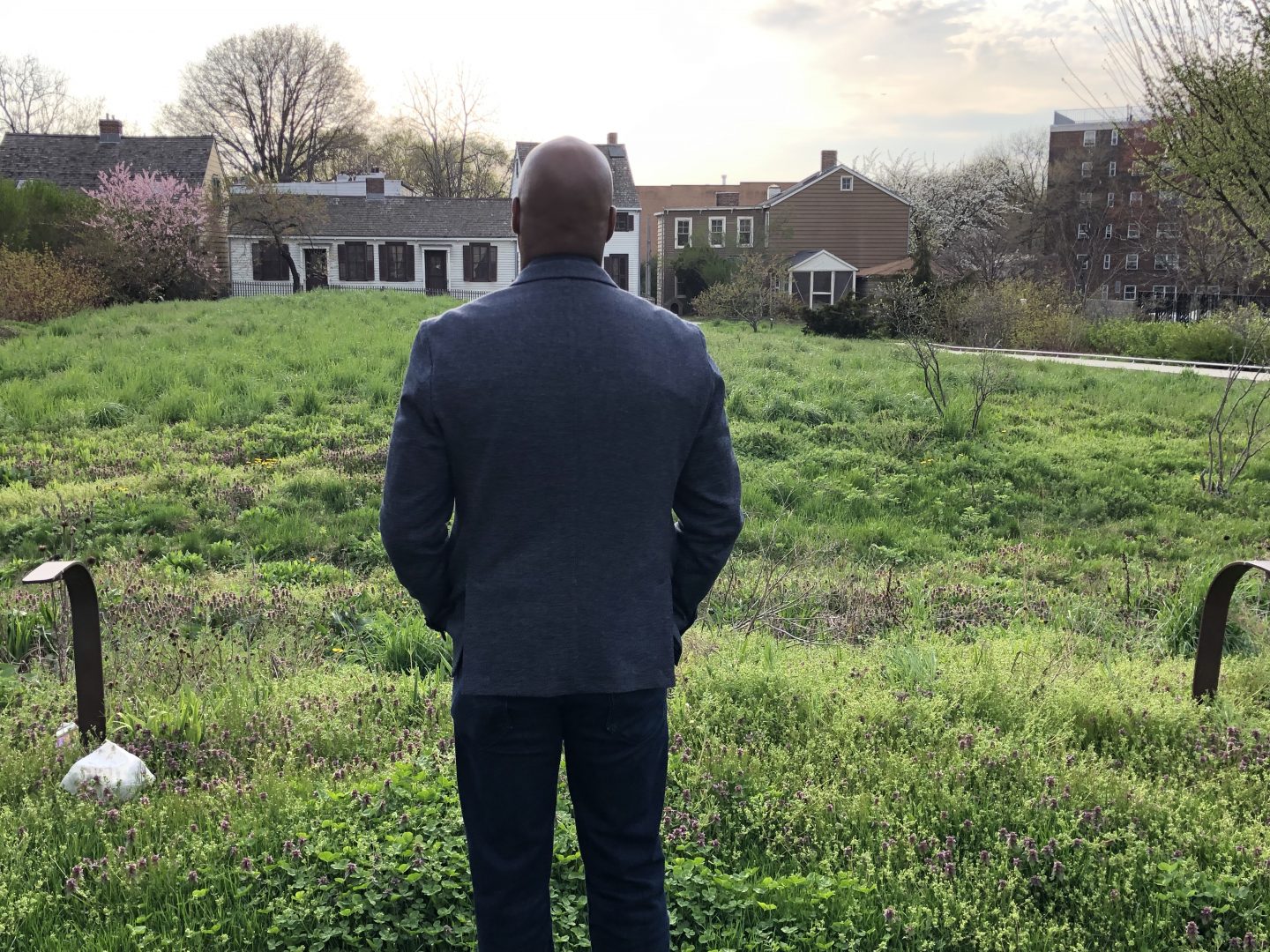
Visit These Historic Sites
New York City is not only a bustling metropolis but also a city rich in history, particularly regarding the African American experience. Several historic sites around the city offer a glimpse into the lives, struggles, and triumphs of black New Yorkers over the centuries. Here are some of the most notable historic sites, including Weeksville and Central Park, that highlight the significant contributions and heritage of African Americans in NYC.
Weeksville Heritage Center, located in the Bedford-Stuyvesant neighborhood of Brooklyn, is a significant historic site preserving the history of one of America’s first free black communities. Founded in 1838 by African American freedman James Weeks, Weeksville became a thriving, self-sufficient community of free blacks, providing a refuge and opportunities for African Americans during the pre-Civil War era. The Heritage Center includes historic houses, a garden, and exhibits that explore the lives of Weeksville residents and their contributions to society
The African Burial Ground National Monument in Lower Manhattan is a sacred site where free and enslaved Africans were buried during the 17th and 18th centuries. Discovered in 1991 during construction work, the site revealed the remains of over 15,000 African Americans. Today, the monument features a visitor center with exhibits on the history and significance of the burial ground, a memorial designed to honor those buried there, and educational programs that highlight the contributions of African Americans to the city’s development.
Before Central Park was created, the area was home to Seneca Village, a vibrant African American and Irish immigrant community established in 1825. Seneca Village provided a haven for black New Yorkers seeking refuge from the crowded and discriminatory conditions of downtown Manhattan. The community had homes, churches, and a school, offering a rare opportunity for property ownership and civic engagement for African Americans during that period. Although the village was demolished to make way for Central Park in the 1850s, ongoing archaeological efforts and commemorative plaques ensure that Seneca Village’s legacy is remembered and honored.
The Schomburg Center for Research in Black Culture, part of the New York Public Library, is a leading institution dedicated to the preservation and study of the African diaspora. Located in Harlem, the Schomburg Center houses an extensive collection of manuscripts, photographs, artworks, and rare books. Founded in 1925 by Arturo Alfonso Schomburg, the center has played a crucial role in documenting and promoting African American culture and history, making it a vital resource for scholars, students, and the public.
The Abyssinian Baptist Church in Harlem is one of the oldest and most influential African American churches in the United States. Founded in 1808, the church has been a center for religious, social, and political activity throughout its history. Under the leadership of prominent pastors like Adam Clayton Powell Sr. and Adam Clayton Powell Jr., the church became a hub for the Civil Rights Movement and social justice initiatives. The church’s stunning Gothic Revival architecture and its continued commitment to community service make it a landmark of historical and cultural significance.
Located in Corona, Queens, the Louis Armstrong House Museum is the former home of legendary jazz musician Louis Armstrong. Armstrong, who lived in the house with his wife Lucille from 1943 until his death in 1971, left behind a rich legacy of music and cultural influence. The museum offers guided tours of the house, showcasing Armstrong’s personal artifacts, recordings, and memorabilia. The site provides an intimate look into the life of one of the most iconic figures in American music history.
The Apollo Theater in Harlem is a world-famous venue that has played a pivotal role in the development of African American music and culture. Since its opening in 1934, the Apollo has been a launchpad for countless legendary artists, including Ella Fitzgerald, James Brown, and Michael Jackson. The theater continues to host performances and events that celebrate African American culture and its contributions to the arts. A visit to the Apollo is not just a trip to a theater but a journey through the history of American music and entertainme
These historic sites offer a profound connection to the past, showcasing the resilience, creativity, and achievements of African Americans in New York City. From the pioneering community of Weeksville to the cultural hub of the Apollo Theater, each site provides invaluable insights into the rich tapestry of black history and heritage. Exploring these landmarks offers a deeper understanding of the African American experience and its enduring impact on the city’s cultural and historical landscape.
Author
-

Sepi is platform born in celebration of Black history and culture, promoting economic investment and tourism in African American neighborhoods, and supporting black-owned businesses. Explore. Experience. Evolve.
View all posts
Book An Experience
Melanin Miami
Discover Miami's African American heritage on the Melanin Miami Tour, a exploration of cultural landmarks and Black-owned businesses.
Share this article
Discover Sepi Stories

-
8553 N Beach Street Suite 138
Ft Worth, TX 76244
- Become a Vendor
- Home
- My Passport (Coming Soon)
- Book Experiences
- Edit Profile
- Login
- Logout
Support
- FAQs (Coming Soon)
- Phone: 641-754-0072
- Email: contact@sepitravel.com
- Sitemap
- Privacy Policy
- Terms & Conditions
- Non Discrimination Policy

-
8553 N Beach Street Suite 138
Ft Worth, TX 76244
- Become a Vendor
- Home
- My Passport (Coming Soon)
- Book Experiences
- Edit Profile
- Login
- Logout
Support
- FAQs (Coming Soon)
- Phone: 641-754-0072
- Email: contact@sepitravel.com
- Sitemap
- Privacy Policy
- Terms & Conditions
- Non Discrimination Policy
Sepi LLC © All rights reserved 2024.









